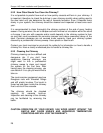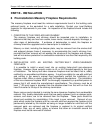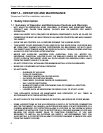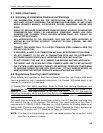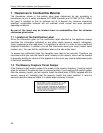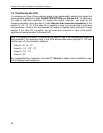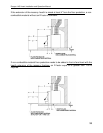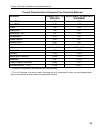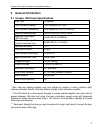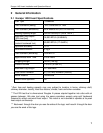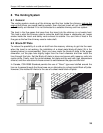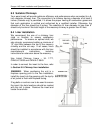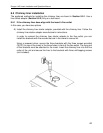
Escape 1400 Insert Installation and Operation Manual
34
The use of an R value is convenient when more than one material is going to be used in
the hearth extension to cover the combustible surface. This is because R values are
additive, whereas K values are not.
There are two ways to calculate the R factor of the floor protection. First, by adding the R-
values of materials used, or by the conversion if the K factor and thickness of the floor
protection are given.
To calculate the total R factor from R factors of the materials used, simply add the R-
values of materials. If the result is equal to or greater than the R-value requirements, the
combination is acceptable. To know the R-values of some selected materials, see table
Thermal Characteristics of Common Floor Protection Materials.
Example:
Required floor protection R of 1.00. Proposed materials: four inches of brick and one inch
of Durock
®
board
Four inches of brick (R = 4 x 0,2 = 0,8) plus 1 inch of Durock
®
(R = 1 x 0.52 = 0.52).
0.8 + 0.52 = 1.32.
This R value is larger than the required 1.00 and is therefore acceptable
In the case of a known K and thickness of alternative materials to be used in combination,
convert all K values to R by dividing the thickness of each material by its K value. Add the
R values of your proposed materials as shown in the previous example.
Example:
K value = 0.75
Thickness = 1
R value = Thickness/K = 1/0.75 = 1.33



